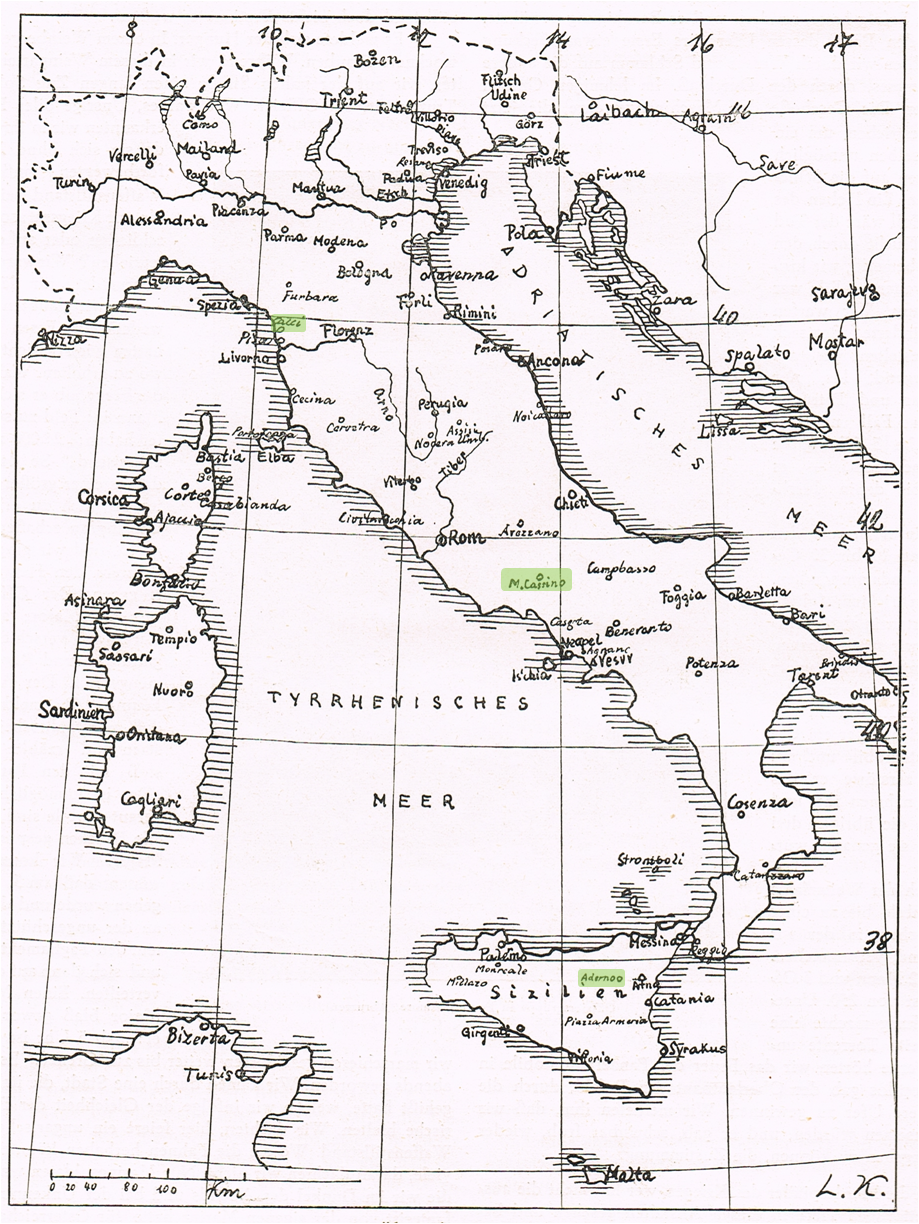In his 2002 study on the Austro-Hungarian POWs captured on the eastern front, the historian Alon Rachamimov notes, “the absence of studies on World War I captivity is particularly remarkable in connection with the eastern front and with Austria-Hungary. Out of an estimated eight-and-a-half million men taken captive during the First World War, about six million were captured on the eastern front”. Furthermore, “the inadequacy of the Austro-Hungarian relief effort was highlighted by imperial Germany’s relief effort which was relatively much more generous”. He quotes the dismay of Anton Preininger, a POW in Russia, who writes, “how our hearts are saddened again and again upon seeing how the Germans from the Reich are remembered with gifts and money by their homeland and cities, and how we Hungarians and Austrians stand on the side like poor children”. It is difficult to compare the POWs’ conditions in Russia with those in Italy, as this important aspect of the war has been widely neglected by historians, but I suspect from the accounts I have read that captivity in Italy would have been preferable.

Having said that, Major Kolbe states that his nine months as a prisoner of war were an exercise in punishment. He was mostly the highest ranking officer in the camps in which he was interned and, as such, took it upon himself to defend the interests of his fellow prisoners, regardless of rank, thus making a thorough nuisance of himself. This probably explains why he was moved so often.
The only papers that have survived from this period are his poems, the dates of which indicate that he was interned first in Cassino, which was to become famous during the Second World War, then in Adernò (later renamed Adrano) in Sicily and finally in Calci, inland from Pisa in Tuscany.

In Feindeshand
